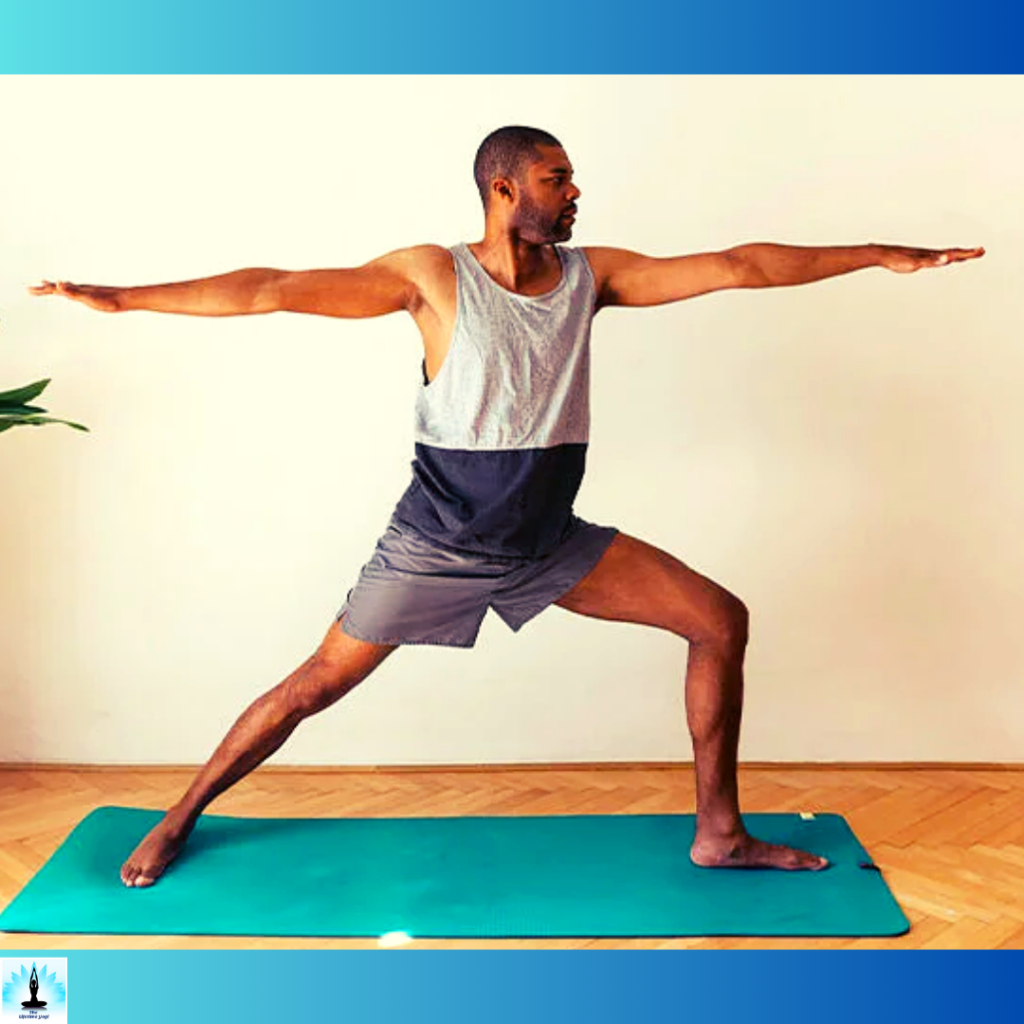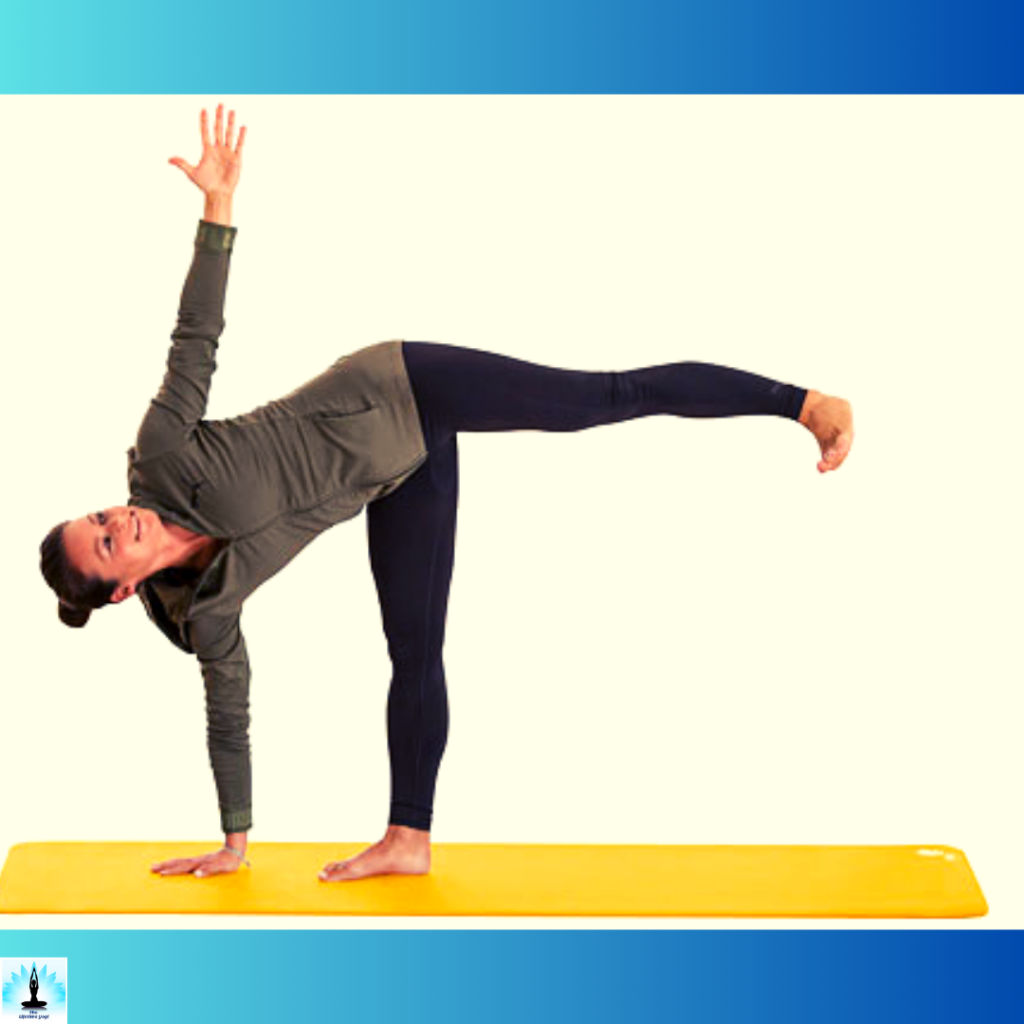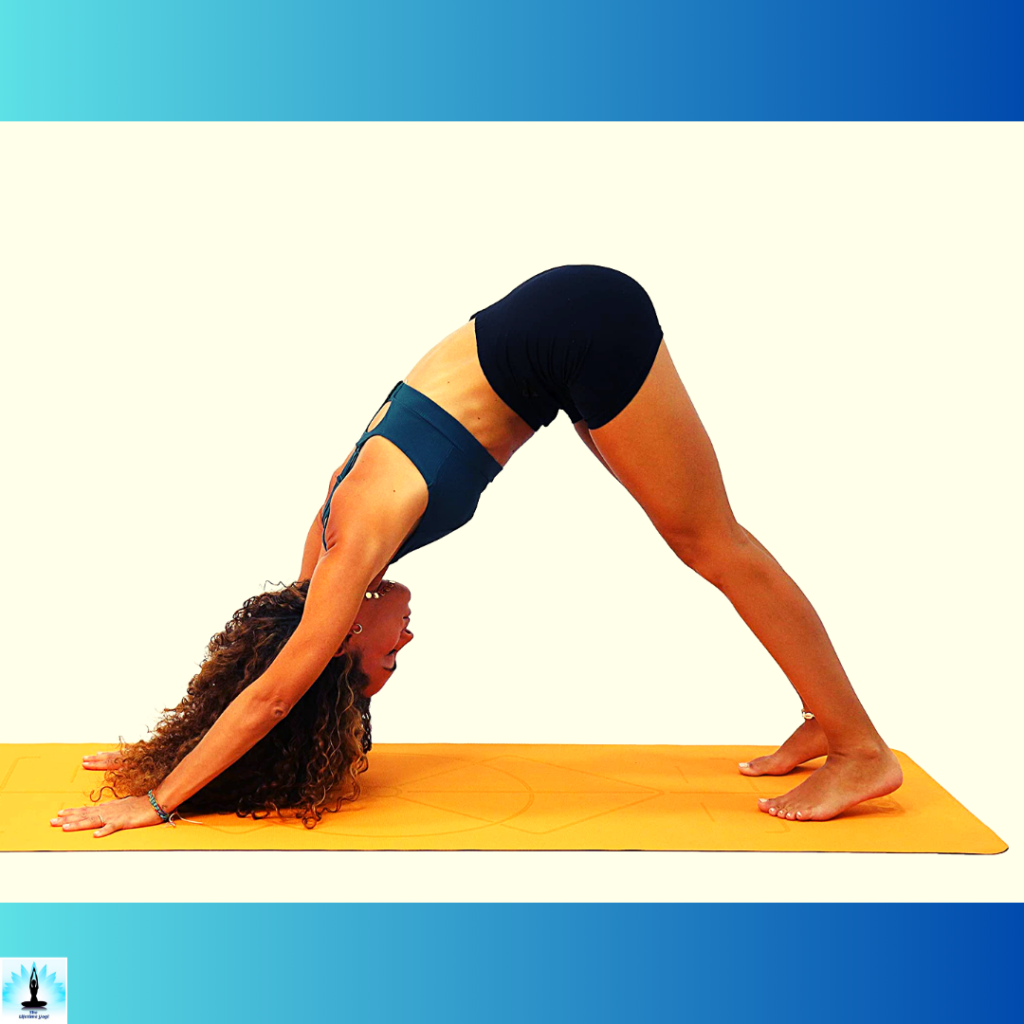Introduction: How to Practice Yoga Safely and Effectively for Arthritis among Older Peoples
Living with arthritis can be challenging, as the condition often brings joint pain, stiffness, and limited mobility. However, incorporating yoga into your routine can be a powerful tool in managing arthritis symptoms and improving overall well-being.
Yoga offers gentle movements, stretching, and relaxation techniques that promote flexibility, reduce inflammation, and increase joint mobility. In this blog, we will explore how to practice yoga safely and effectively for arthritis, including essential tips, recommended poses, and modifications to ensure a comfortable and beneficial practice.
Table of Contents
Understanding Arthritis
Before delving into yoga practices for arthritis, it’s essential to understand the condition itself. Arthritis refers to the inflammation of one or more joints, leading to pain, swelling, and limited range of motion.
The most common types of arthritis include osteoarthritis and rheumatoid arthritis. Osteoarthritis results from the wear and tear of joint cartilage over time, while rheumatoid arthritis is an autoimmune disorder that causes inflammation in the joints.
Regardless of the type, practicing yoga can help manage arthritis symptoms by improving joint flexibility, reducing inflammation, and strengthening the surrounding muscles.
Benefits of Yoga for Arthritis

Yoga offers a wide range of benefits for individuals with arthritis.
First and foremost, it provides gentle movement that helps lubricate the joints, improving their flexibility and reducing stiffness.
The controlled stretching and strengthening exercises in yoga contribute to better joint stability and improved balance.
Additionally, yoga promotes relaxation and stress reduction, which can alleviate arthritis-related discomfort and fatigue.
Regular practice of yoga also helps increase body awareness, allowing individuals to recognize and respect their limits, thus preventing injury.
Overall, yoga empowers individuals with arthritis to take an active role in managing their condition, fostering a sense of empowerment and well-being.
How to Practice Yoga Safely and Effectively for Arthritis among Older Peoples?

Consult your healthcare provider
Before starting a yoga practice, it’s important to consult your healthcare provider or a qualified yoga instructor, especially if you have severe arthritis or other underlying health conditions.
Choose the right style
Opt for yoga styles that focus on gentle, therapeutic movements, such as Hatha, Restorative, or Yin Yoga. These styles emphasize slow, controlled movements and deep relaxation.
Listen to your body
Pay attention to your body’s signals during practice. If a pose causes pain or discomfort, modify or skip it. Respect your limits and never force yourself into poses that are not suitable for your condition.
Warm-up before practice
Prior to starting your yoga routine, perform a gentle warm-up to loosen the joints and prepare your body for movement. This may include gentle stretches and range-of-motion exercises.
Use props for support
Utilize props like blocks, straps, or bolsters to support your practice and make poses more accessible. These props provide stability and can assist in maintaining proper alignment.
Practice mindfulness and relaxation
Incorporate deep breathing exercises and mindfulness techniques into your yoga practice. This helps reduce stress, relaxes the body and mind, and enhances the therapeutic effects of yoga.
What are the Yoga Poses for Arthritis?

- Cat-Cow Pose (Marjaryasana-Bitilasana): This gentle spinal movement helps increase flexibility and mobility in the spine, relieving stiffness.
- Child’s Pose (Balasana): A relaxing pose that stretches the hips, thighs, and back, promoting relaxation and reducing tension.
- Downward-Facing Dog (Adho Mukha Svanasana): This pose strengthens the upper body, stretches the hamstrings
- Bridge Pose (Setu Bandhasana): This pose strengthens the back, buttocks, and hamstrings, while also opening up the chest and shoulders. It helps improve spinal flexibility and reduces stiffness in the hips.
- Supported Warrior II Pose (Virabhadrasana II): This modified version of Warrior II pose uses a chair for support. It strengthens the legs, improves balance, and opens up the hips without putting excessive strain on the joints.
- Seated Forward Bend (Paschimottanasana): This seated pose stretches the hamstrings, lower back, and shoulders. It helps relieve tension in the spine, improves digestion, and calms the mind.
- Supine Leg Stretch (Supta Padangusthasana): This pose stretches the hamstrings and calves, while also improving hip flexibility. It can be performed with the support of a strap or belt.
- Legs-Up-The-Wall Pose (Viparita Karani): This restorative pose promotes relaxation, reduces swelling in the legs, and improves circulation. It gently stretches the hamstrings and relieves tension in the lower back.
- Gentle Spinal Twist (Supta Matsyendrasana): This reclined twist helps release tension in the spine, improves digestion, and massages the internal organs. It can be performed with the support of a bolster or blanket.
- Corpse Pose (Savasana): The final relaxation pose, Savasana, allows the body and mind to fully relax and integrate the benefits of the practice. It promotes deep relaxation, reduces stress, and aids in overall well-being.
Remember, it’s important to approach these poses with mindfulness and listen to your body. If any pose causes pain or discomfort, modify or skip it. Always work within your range of motion and consult with a healthcare professional or a qualified yoga instructor for personalized guidance.
Faqs on How to Practice Yoga Safely and Effectively for Arthritis among Older Peoples

What yoga style is best for arthritis?
When it comes to arthritis, gentle and therapeutic yoga styles are generally recommended. Styles such as Hatha, Restorative, Yin, or Gentle Yoga can be beneficial for individuals with arthritis as they focus on slow, controlled movements, gentle stretching, and relaxation.
These styles help improve flexibility, reduce stiffness, and promote joint mobility without putting excessive strain on the joints.
How To Control Arthritis Through Yoga?
Yoga can be a valuable tool for managing arthritis symptoms. To control arthritis through yoga, it’s important to start with gentle movements and gradually increase intensity as your body allows.
Focus on poses that target the affected joints, such as gentle stretches and range-of-motion exercises. Additionally, incorporating deep breathing techniques and mindfulness practices can help reduce stress and manage pain associated with arthritis.
How Do I Start Yoga for Arthritis?
Starting yoga for arthritis begins with finding a qualified yoga instructor who has experience working with individuals with arthritis. They can guide you through modified poses, suggest appropriate modifications, and provide necessary support.
It’s important to communicate any limitations or concerns you have with your instructor, and always listen to your body’s feedback. Starting with shorter sessions and gradually increasing duration and intensity is also advisable.
Can Yoga Improve Arthritis Symptoms?
Yes, yoga has the potential to improve arthritis symptoms. Regular practice of yoga can help increase flexibility, reduce joint stiffness, improve balance, and promote overall well-being.
Yoga’s gentle movements and mindfulness practices can also help manage pain, reduce inflammation, and enhance joint mobility, leading to improved quality of life for individuals with arthritis.
Which Mudra Is Best for Arthritis?
The Prithvi Mudra, also known as the Earth Mudra, is considered beneficial for arthritis. This mudra is formed by touching the tip of the ring finger with the tip of the thumb while keeping the other fingers extended.
The Prithvi Mudra is believed to balance the earth element in the body, promoting strength, stability, and grounding. It is said to help relieve symptoms of arthritis and strengthen bones and muscles.
What Activities Reduce Arthritis?
Engaging in low-impact activities can help reduce arthritis symptoms and improve joint health. Activities such as swimming, walking, cycling, and gentle stretching exercises can be beneficial.
These activities promote joint mobility, strengthen the surrounding muscles, and provide cardiovascular benefits without putting excessive stress on the joints.
What Is the Best Exercise To Avoid Arthritis?
Regular physical exercise is crucial for maintaining joint health and preventing arthritis. Some of the best exercises to avoid arthritis include low-impact activities such as walking, swimming, and cycling.
These exercises help maintain joint mobility, strengthen muscles, and improve overall fitness levels. Additionally, incorporating resistance training and flexibility exercises can further support joint health.
How Can I Reduce Arthritis Naturally?
There are several natural approaches that can help reduce arthritis symptoms. Along with regular exercise like yoga, maintaining a healthy weight, eating a balanced diet rich in anti-inflammatory foods are very important.
Applying heat or cold therapy, practicing stress management techniques, and getting sufficient rest and sleep can contribute to reducing arthritis symptoms naturally.
How Do You Stop Arthritis from Progressing?
While arthritis is a progressive condition, there are steps you can take to manage its progression and alleviate symptoms.
Regular exercise, maintaining a healthy weight, protecting your joints from injury, managing stress levels, and following a balanced diet can all contribute to slowing down the progression of arthritis.
It’s crucial to work closely with healthcare professionals to develop a comprehensive treatment plan that may include medication, physical therapy, and lifestyle modifications.
How Can I Change My Lifestyle with Arthritis?
Making lifestyle changes can play a significant role in managing arthritis. First and foremost, maintaining a healthy weight is important to reduce stress on the joints.
Regular exercise, including low-impact activities and stretching, can help improve joint flexibility and strength. Managing stress through relaxation techniques and finding a balance between rest and activity is also essential.
Additionally, it’s important to listen to your body, pace yourself, and make modifications in daily activities to minimize joint strain.
Which Vitamin Is Good for Arthritis?
Vitamin D is considered beneficial for arthritis. It plays a vital role in maintaining bone health and supporting the immune system.
Vitamin D helps the body absorb calcium, which is important for strong bones and may help reduce the risk of osteoporosis in individuals with arthritis.
Spending time in sunlight, consuming foods rich in vitamin D such as fatty fish, fortified dairy products, and egg yolks, or taking vitamin D supplements under medical guidance can help ensure adequate vitamin D levels.
What Vegetables Are Good for Arthritis?
Several vegetables have anti-inflammatory properties and can be beneficial for individuals with arthritis. Leafy green vegetables like spinach, kale, and Swiss chard are rich in antioxidants and nutrients that help reduce inflammation.
Cruciferous vegetables such as broccoli, cauliflower, and Brussels sprouts contain sulfur compounds that may have anti-inflammatory effects.
Furthermore, colorful vegetables like bell peppers, tomatoes, and sweet potatoes are packed with vitamins and antioxidants that support joint health. Including a variety of vegetables in your diet can provide a range of beneficial nutrients for arthritis management.
Conclusion
Practicing yoga with arthritis can bring numerous benefits, including increased joint mobility, reduced pain, improved flexibility, and enhanced overall well-being. By following the tips for a safe practice and incorporating recommended yoga poses, individuals with arthritis can experience the transformative power of yoga.
Remember to practice with patience, respect your body’s limits, and make necessary modifications. With consistent practice and a mindful approach, yoga can become a valuable tool in managing arthritis and fostering a healthier and more vibrant life.
References
- https://www.ncbi.nlm.nih.gov/pmc/articles/PMC3026480/
- https://www.ncbi.nlm.nih.gov/pmc/articles/PMC4038088/
- https://www.ncbi.nlm.nih.gov/pmc/articles/PMC4490021/
- https://www.ncbi.nlm.nih.gov/pmc/articles/PMC3637098/
- https://www.ncbi.nlm.nih.gov/pmc/articles/PMC6081169/
- https://www.ncbi.nlm.nih.gov/pmc/articles/PMC7732597/
